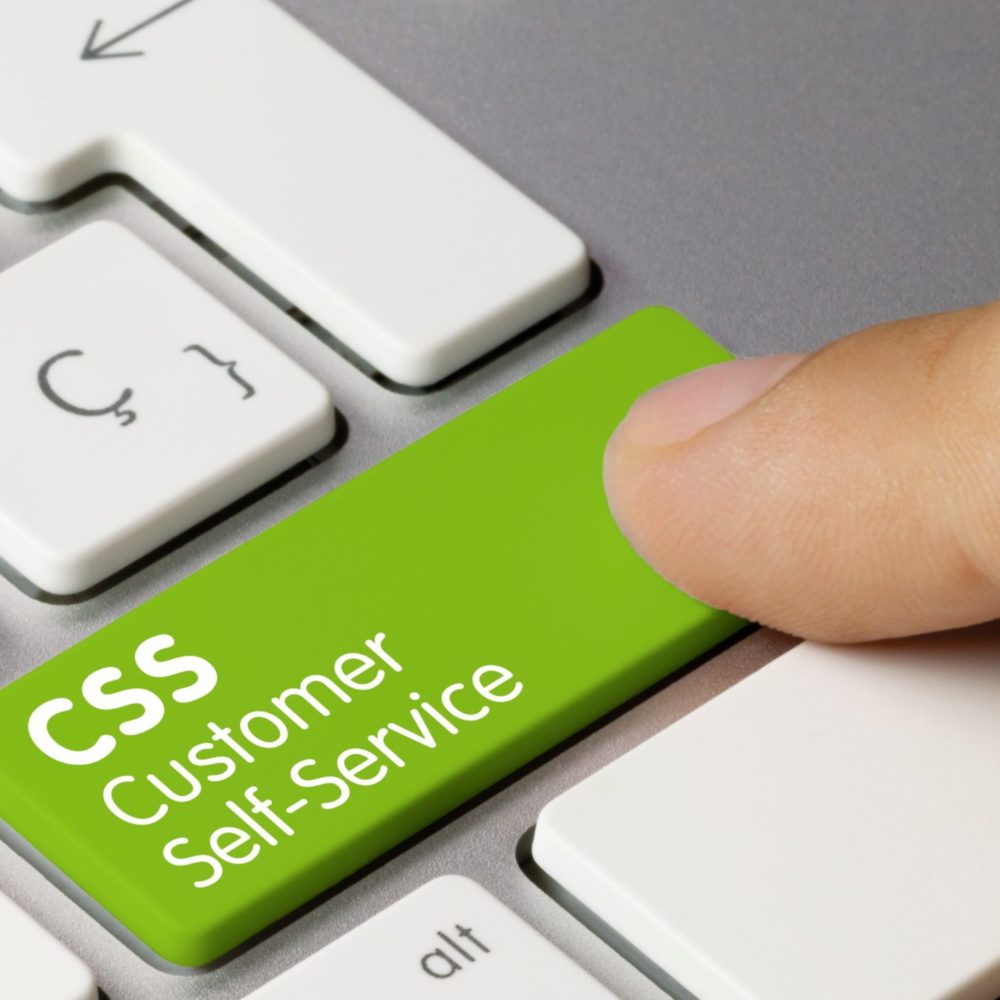The media industry faces the challenge of managing ad inventory, delivering the highest quality traffic and managing complex relationships with clients, partners, agencies and media houses. Media CRM is a solution that puts the publishers’ and media industry’s needs at the forefront. It offers tools to understand and effectively develop business relationships, which translates into greater cross-selling, better customer satisfaction and higher ROI.
Modern media companies and publishing businesses must be able to manage inventory with a single view of all advertising, publication calendars and seasonality, sales contacts, and other standard tasks. Media CRM goes beyond typical software and provides a tailored self-service application, allowing customers to manage their needs quickly and without disruptions.
Understanding the relationship with the clients requires a multidimensional view, taking into account the complex eco-system:
- the end client,
- the advertising brand,
- agent and the media house.
Media CRM’s efficient contact management features visually represent these connections and relationships, enabling salespeople to understand specific customer backgrounds immediately. This knowledge is invaluable when adapting the offer and managing changes in business relationships when a client decides to change an agency or media house. Or when a particular agent changes jobs.
The sales team deals with different individuals within client organisations and media houses to complete an advert sale. Keeping track of their relationships and how they are connected can be a real challenge.
- Visual representation of relationships and tracking turnover in the Contractor-Media House and Contractor-Brand pairs enables understanding of the end customer and more effective work of the sales team.
- Visualising the connections makes it easy to understand the client’s structure and build a cooperation strategy.
The biggest problem for ad ops professionals is finding time to complete time-consuming tasks. A comprehensive advertising process consists of many error-prone tasks. Teams enter data into spreadsheets, manually check and validate various goals, or pull data from multiple sources to manually create reports. Media CRM allows you to mine relevant data on customers, sales, marketing, technology, and publishing from a single platform.
- Unified sales, billing, production, and digital marketing data into one robust platform.
- The AI analytics shows the exact delivery of campaigns and lets you identify the best mediums.
- Notifications on changes as they happen.
*data from our internal case study for one of the biggest publishers in CEE
People in the Media industry know how time-consuming and complicated it can be to manage the implementation of marketing campaigns. Collaboration between various departments, coordination of activities, and communication with customers consume valuable hours that could be spent on other strategic tasks.
- The Media CRM provides process automation tools and industry-specific data models to simplify everyday operations. It’s a powerful system that brings all your business needs into one easy-to-use platform.
Seasonality is a natural phenomenon in many industries, including the media industry. AI-powered CRM, equipped with automation tools, allows you to use past order data to identify trends and seasonality, offering salespeople Next Best Action (NBA) suggestions based on data analysis.
In 2023, around 91% of sales teams failed to hit quota expectations. Research shows that high-performing sales teams are almost twice (1,9x) more likely to use AI than underperformers (Salesforce survey). Of these, eight in ten say that AI has improved their sales reps’ time use at least moderately.
Seasonality can be a challenge and an opportunity for the ad sales team. Those who can adapt to changing trends can expect to increase sales, build strong customer relationships, and increase market position.
- Effective use of seasonal trends can help strengthen brand awareness and gain a competitive advantage.
- Based on AI data analysis, media organisations can develop a strategy that includes seasonal products and promotions.
- Sellers can use seasonality to increase sales efficiency by using CRM automation tools to automate processes, such as sending personalised offers to customers based on the season.
Checking the capacity and current occupancy of the inventory is one of the primary challenges of AdTech. With Media CRM, you have uninterrupted access to inventory availability information, allowing for quick marketing campaigns and more effective sales of unsold resources. The advantage is the ability to quickly respond to changes in inventory availability and optimise marketing processes.
Media CRM offers an ad inventory module that handles large media packages, smaller classifieds, and every ad sale size. This can simplify the ad sales processes, from proposing and converting to selling.
An ad’s life cycle doesn’t end there in the media and publishing industry. The platform allows tracking the production and any necessary edits, such as ad size, positioning, deadlines, or frequency. Thanks to dedicated features, CRM makes day-to-day work much more manageable.

Creating product bundles becomes intuitive and dynamic, which allows to adapt the offer to market requirements better. The possibility of combining various products into thematic bundles, e.g. related to significant sporting events, opens the door to cross-selling and increasing revenues from less popular products and also combining popular products with less-in-demand ones within a thematic or season bundle. The allure of the bundled offer encourages exploration and purchase of lesser-known “gems”, ultimately diversifying your revenue streams.
Gone are the days of static product offers. Today’s media businesses need to be agile and responsive. Media CRM enables the creation of personalised product bundles that meet changing market demands. This goes beyond a simple sales offer; it’s about creating thematic experiences that drive engagement, increase revenue, and unlock value across your inventory.
-
Increased perceived value
Packages often offer discounts compared to buying items individually, creating a perception of greater value for customers. This encourages purchase and potentially leads to higher average order value.
-
Dynamic pricing and promotions
Leverage advanced AI tools to offer flexible pricing models for your bundles. Implement tiered options, seasonal discounts, or early-bird specials to incentivise purchases further and adapt to market fluctuations.
-
Intuitive building and managing bundles
Real-time inventory tracking ensures availability. Automated workflows can suggest optimal package combinations based on sales trends and customer data.
-
Insight into customer preferences
Gain insight into customer preferences and purchasing patterns. By analyzing the package’s performance, you can refine your offering and adjust your pricing strategies for maximum impact.
The self-service portal for SME customers relieves the burden on your sales team. A product catalogue managed by a business administrator is a milestone in improving sales processes. The self-service portal for regional and SME clients enables media companies to present themselves as modern and adapted to the digital reality, which translates into time savings for sales teams and the potential development of relationships with small and medium-sized enterprises.
- A Zendesk survey found that 67% of customers prefer self-service over speaking to a support agent. This is great news for businesses: self-service is the fastest and most cost-effective way to customer support, and companies that want to capitalise on this trend should focus on providing easy-to-use customer self-service portals.
- Gartner says that failing to consider the preferences and expectations of younger generations when it comes to self-service can have severe consequences for customer loyalty and brand reputation.

-
Media Cloud is a comprehensive platform that provides real-time media monitoring, analytics, and reporting. The solution helps media businesses, marketers, and sales teams to track customers’ online and offline presence, analyse data, and make informed decisions.
-
Media Cloud uses advanced algorithms and machine learning to scan, collect, and analyse data from various media sources, including news outlets, social media, and blogs. The insights generated can be used for brand management, competitive analysis, marketing campaigns and strategic planning.
-
Media Cloud stands out for its real-time data tracking, extensive media source coverage, and in-depth analytics capabilities. The platform also offers sentiment analysis, keyword tracking, and trend prediction features that set us apart from competitors.
-
Media Cloud provides various analytics, including audience demographics, engagement metrics, sentiment analysis, and ROI calculations.
-
Yes, Media Cloud can track various social media platforms, including Facebook, Twitter, Instagram, and LinkedIn. Monitor your brand mentions, customer feedback, and trending topics in real time.
-
Yes, Media Cloud offers highly customisable reporting options. You can tailor your reports to include key metrics and data visualisations that matter most to your business.
-
Absolutely. Media Cloud supports multiple languages and regional settings, allowing you to track and analyse media across geographies and linguistic groups.
-
Data security is a top priority. Media Cloud employs end-to-end encryption, secure data centres, and regular audits to ensure your data remains confidential and protected.
-
Definitely. Media Cloud offers agency-friendly features like white-label reporting, multiple account management, and client-specific dashboards, making it a versatile tool for media and marketing agencies.









